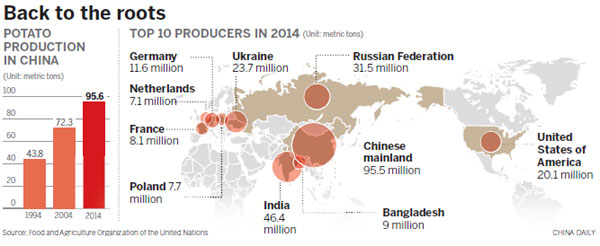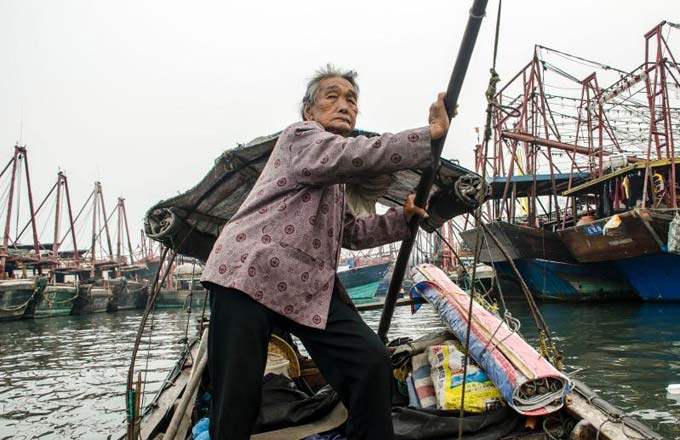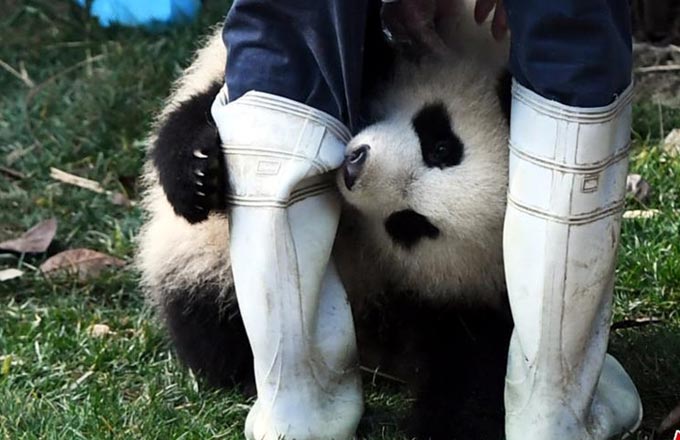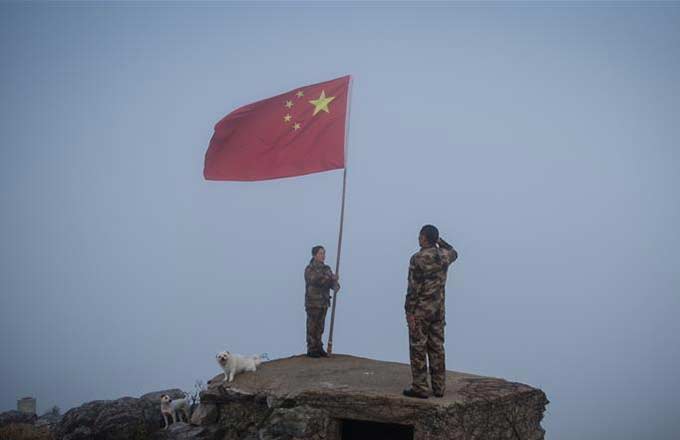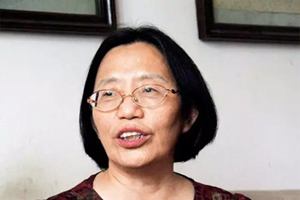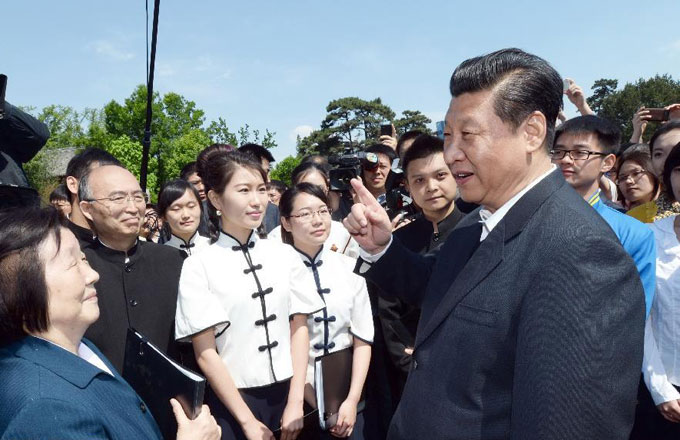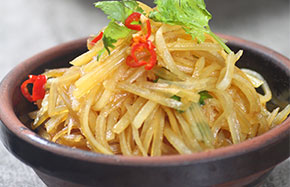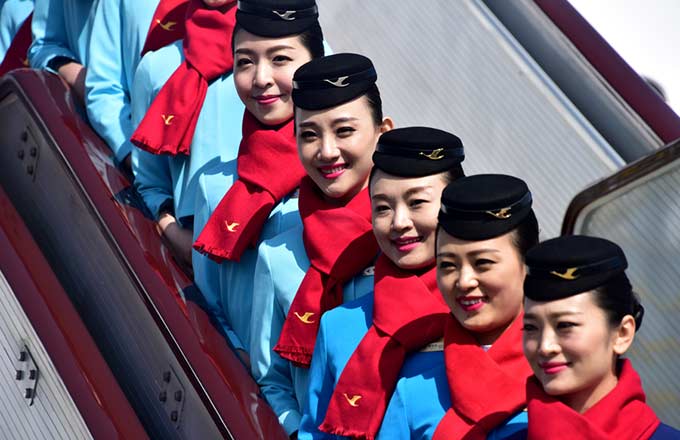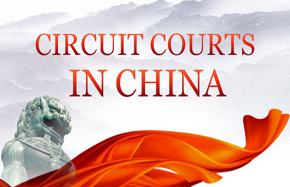Searching for the food of the future
The government is promoting the potato as China's 'fourth staple' to feed the world's most-populous nation and ensure security of supplies. Yang Wanli and Li Yingqing report from Kunming.
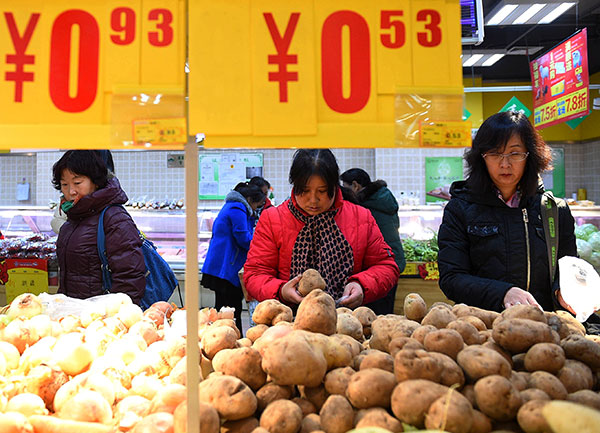 |
|
Consumers inspect potatoes at a supermarket in Yinchuan, the Ningxia Hui autonomous region.Wang Peng / Xinhua |
When people think of Chinese food, rice is often the first thing that springs to mind. That's despite the fact that there is a geographical dividing line between the wetter southern regions, where rice is the staple food, and the north, where grain is dominant. Corn, the third staple, straddles the line because it can be grown in any part of the country.
Now, faced with the world's largest population, which necessitates the importation of a huge range of foodstuffs, the Ministry of Agriculture is promoting the food of the future - the potato, a tuber that has long been part of China's culinary landscape, but is rarely used as a staple.
As a result, the culinary dividing line may soon be a thing of the past, because the tuber, which can be grown in most areas, is set to become china's fourth staple foodstuff.
As part of the ministry's Five-Year Plan (2016-20), published in February last year, the area devoted to potato cultivation will be expanded to 6.67 million hectares by 2020. In 2014, the figure was 5.64 million hectares, according to the Food and Agriculture Organization of the United Nations.
In the future, potatoes will account for 30 percent of the nation's food, with large areas of wheat, rice and corn being turned over to cultivation of the new fourth staple, the ministry said.
The plan has already had early successes. Potato powder now accounts for at least 50 percent of all components of food made from staple crops, such as noodles and steamed buns, a rise of 30 percent from just fours year ago, according to the ministry.
Now, a research team at Zhejiang A&F University in Hangzhou, the provincial capital, is researching methods of producing artificial rice, made from broken rice grains, bulked out with potato powder and scented with essence of gardenia. The estimated price will be about 7 yuan ($1) per kilogram.
Adaptability
China's grain output rose from 411 million metric tons in 2004 to 565 million tons in 2014, according to the National Bureau of Statistics. However, the growth in output hasn't caught up with the accelerating rate of consumption; the World Bank predicts that China's demand for grain will reach 670 million tons in 2020 rise to 700 million tons in 2030.
Moreover, with corn, rice and wheat yields limited as a result of the limitations on cultivated land and water supplies in recent years, the easy-to-grow potato has become the best backup to maintain food supplies and ensure national food security.
"Potatoes use just 30 percent of the water required to grow wheat or rice, and they have the ability to adapt to dry, cold and barren areas," said Sun Zhonghua, the ministry's chief agronomist.
In addition to their ease of cultivation, potatoes also have high nutritional value because they are high in fiber and low in fats. They also contain more than 10 amino acids and a range of microelements essential to human health. "The amount of protein in a kilogram of potatoes is twice that of a kg of wheat, 1.3 times more than rice and 1.2 times more than corn," Sun said.




